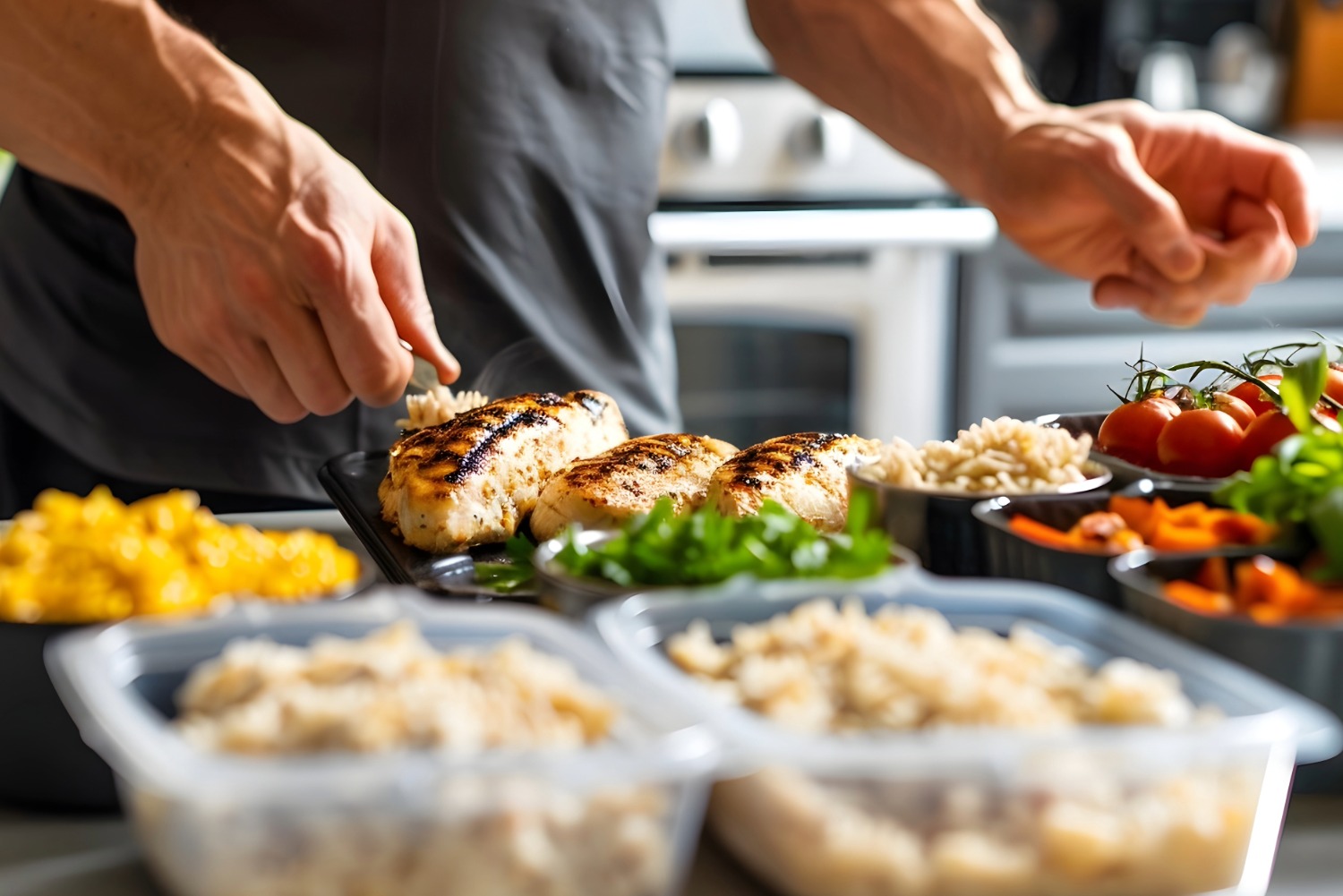News
In the Balance
Imagine the life a child could grow up to have if he or she spoke multiple languages played a musical instrument was a champion skier/rock climber/endurance runner had pen pals in 14 countries earned perfect grades ... and was so busy achieving things there was no time to sleep play or just be a kid. In today's nonstop world children are encouraged to engage in school and in extra-curricular activities. But there often comes a point when too much pressure can outweigh the benefits of participation.
Dr. Leslie Fishman MD a pediatric physician at Colorado Mountain Medical says kids can become run down and fatigued from taking on too much resulting in increased stress levels and potential for injury. He says if kids are pushed too hard high stress can affect their personalities productivity sleep cycles immunity and weight.
We see this in the valley says Dr. Fishman. There are a lot of high-performing kids and when they want to participate in their activity everything else becomes secondary.
Dr. Fishman says that kids' peers fuel academic and athletic competition more than their parents do. A degree of competition is good as goals and challenges can be beneficial for youth. He says kids who are active in their schools and communities often have more well-rounded growth patterns and relationships.
Keeping priorities straight is essential to creating balance according to Dr. Fishman and he says parents must also be aware of when enough is enough.
You want to encourage kids to be active but you have to be careful not to take them over the top he says. It's important for parents to listen to their kids and to make sure that they are doing things because they want to.
Kids will express their stress differently depending on their age and personality. Dr. Fishman says that younger children will be more overt with their expressions often crying screaming or throwing things when they are feeling strung out. He says older children will generally be more withdrawn and passive-aggressive about their feelings.
Imbalance occurs when parents or kids don't know when to call it quits. It's important for a child to make the decision to start or stop something even when parents are encouraging them.
Trying something new doesn't mean kids should always continue it says Dr. Fishman. Make sure that they stay involved because they like it not because they are told they have to finish what they started.
Dr. Fishman does recommend that parents get involved with what the kids are doing even beyond the times of the organized activities practices and competitions. Involvement should be supportive but not forceful.
It's always helpful for parents to say 'this is for you don't do it to make me happy.' That conversation has to be had says Dr. Fishman.
Injuries can also result in physical and emotional stress for kids and a complete recovery does not always mean fast recovery.
Kids can hit their head and there are long-term concerns says Dr. Fishman. When parents want kids to get back to their sport after a head injury for example really what they should be doing is supporting a full healing process.
FOOD IS FUEL
How else can parents support their kids with their engagement in exciting and rigorous activities? Feed them well.
One of the biggest problems is that kids don't eat breakfast or they don't eat a good diet says Dr. Fishman.
He says that although busy kids don't always make room for nutrition parents need to make it a priority.
Katie Mazzia MS RD CDE is a clinical dietitian at Vail Valley Medical Center. She says planning and preparation are the most important factors for providing kids with nourishing and simple nutrition.
I think the biggest thing is taking the time to prepare healthy food says Mazzia. Anticipate when your child might need a snack or meal and prepare it before they leave the house.
For meals Mazzia recommends serving kids a balanced combination of carbohydrates proteins and healthy fats. She says breakfast and lunch should consist of at least 3 grams of fiber in a whole grain form such as a piece of bread oatmeal brown rice tortilla as well as a protein and a healthy fat source. Fruit and veggies should be incorporated although kids may take a little while to warm up to their greens.
If you want your kids to eat more fruits and vegetables avoid pressuring them to eat them or rewarding them with a sweet if they do because it usually backfires says Mazzia. Don't give up keep offering vegetables. It can take 15 to 20 times before new food is accepted. Try different cooking methods too such as raw roasted steamed etc...
Kids can also get dehydrated quickly so Mazzia recommends sending them with an extra filled water bottle so they can keep their fluid intake up.
Just have water and food available for them says Mazzia. Kids really have fun if their parents take the time to prepare new stuff. She suggests substituting bok choy for celery shredded cabbage for lettuce cauliflower for broccoli or sweet potato fries.
Mazzia says kids should nearly eliminate all sweetened and caffeinated drinks allowing for only 6 to 8 ounces of 100 percent fruit juice per day and no soda energy or sugar drinks. Also Mazzia says that snacks are meant to sustain energy between meals and should incorporate moderation with two to three food groups.
Kids love to dip so cut up some fruits and veggies and send your kids with a container of healthy dip says Mazzia. For example instead of potato chips you can give them whole grain crackers pita or tortilla chips with 3 grams of fiber or more plus some veggies.
She offers these dip ideas:
» Peanut butter or peanut butter powder mixed with yogurt and cinnamon
» Refried black beans mixed with salsa and cheese
» Hummus (blend with edamame until smooth for a protein boost)
» Mashed avocado with olive oil and a dash of salt and pepper
Just because it's healthy doesn't mean it's not tasty.
Healthy Snack Ideas
From VVMC clinical dietitian Katie Mazzia MS RD CDE
Three or four hours before an activity kids can have a balanced mini meal says Mazzia. But an hour before a competition they will want to have more carbohydrates with less fat and protein such as a banana yogurt granola bar or cereal.
Planning and preparation is key for healthy eating so make up some of these snacks to have them close-at-hand when hunger hits.
Simple Snacks
» Mini sweet peppers filled with light cream cheese
» Fruit or veggie smoothie
» Sushi spread cream cheese or avocado and shredded/diced veggies on crust-less wheat bread roll up and cut into pieces
» Freshly cut fruit with cheese
» Homemade trail mix with nuts dried fruit whole grain cereal and dark chocolate chips
» Whole wheat tortilla with almond or peanut butter dried cranberries or apple slices
Gas Station Stop
» Mozzarella cheese stick
» Raw nuts
» Healthy energy bar such as Larabar Clif Bar Luna Bar or Kind Bar
» Oatmeal raisin cookie or fig bar
» Whole grain and low fat pretzels or crackers
» V8 juice
» Water
» Zero-calorie drink
More News
-
New!
More

Screening Secrets: What Every Man Should Know About Prostate Cancer Screening
Prostate cancer is the most common type of non-skin related cancer in men, and it is the second leading cause of cancer-related deaths in men within the United States, behind lung cancer. Fortunately, if caught early, prostate cancer remains highly treatable and curable with minimally invasive procedures.
-
New!
More

Unplug to Recharge: Why a Digital Detox Is the Real Power Move for 2026
Our phones promise connection, convenience and control, yet most of us feel more scattered, stressed and sleepless than ever. The constant pings, scrolls and notifications have rewired our brains for distraction. The fix? Not abandoning technology altogether, but reclaiming balance.
-
New!
More

Beyond the Scale: Why Nutrition and Exercise Work Better Together
For decades, weight loss advice has been distilled into a simple equation: calories in, calories out. Eat less, maybe combine that with exercise, and the pounds will fall away. But according to experts at Vail Health, that equation overlooks a much bigger picture.





